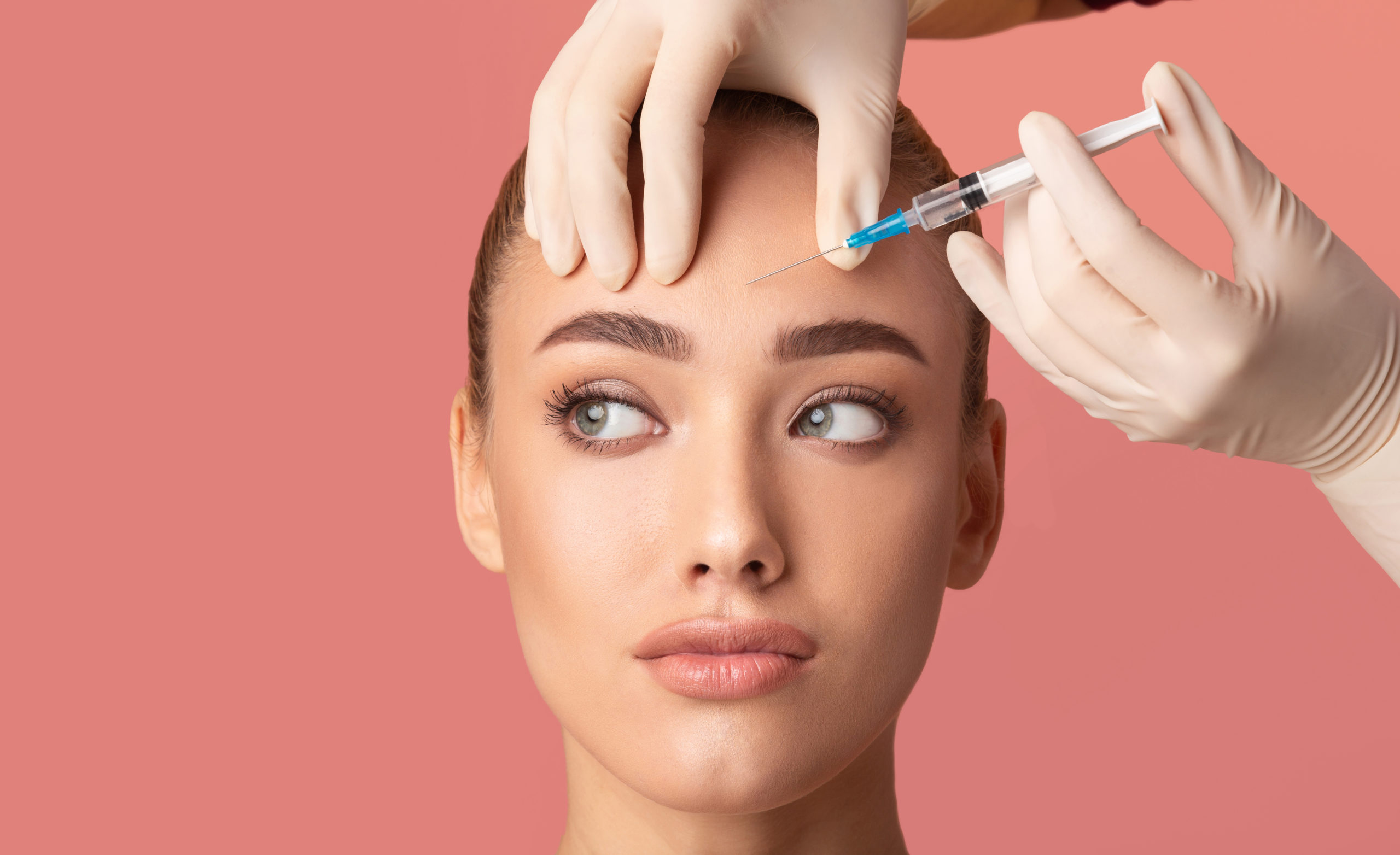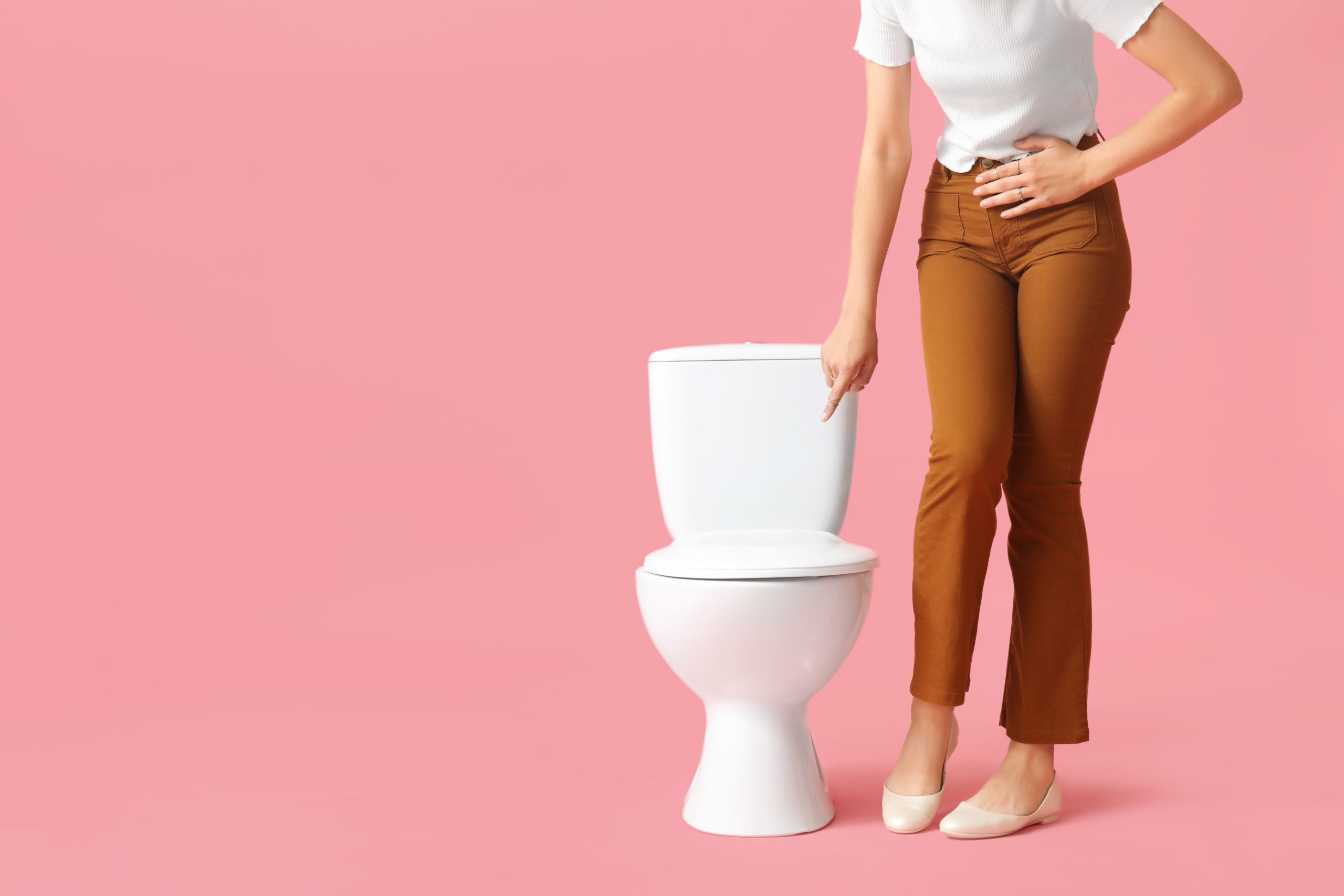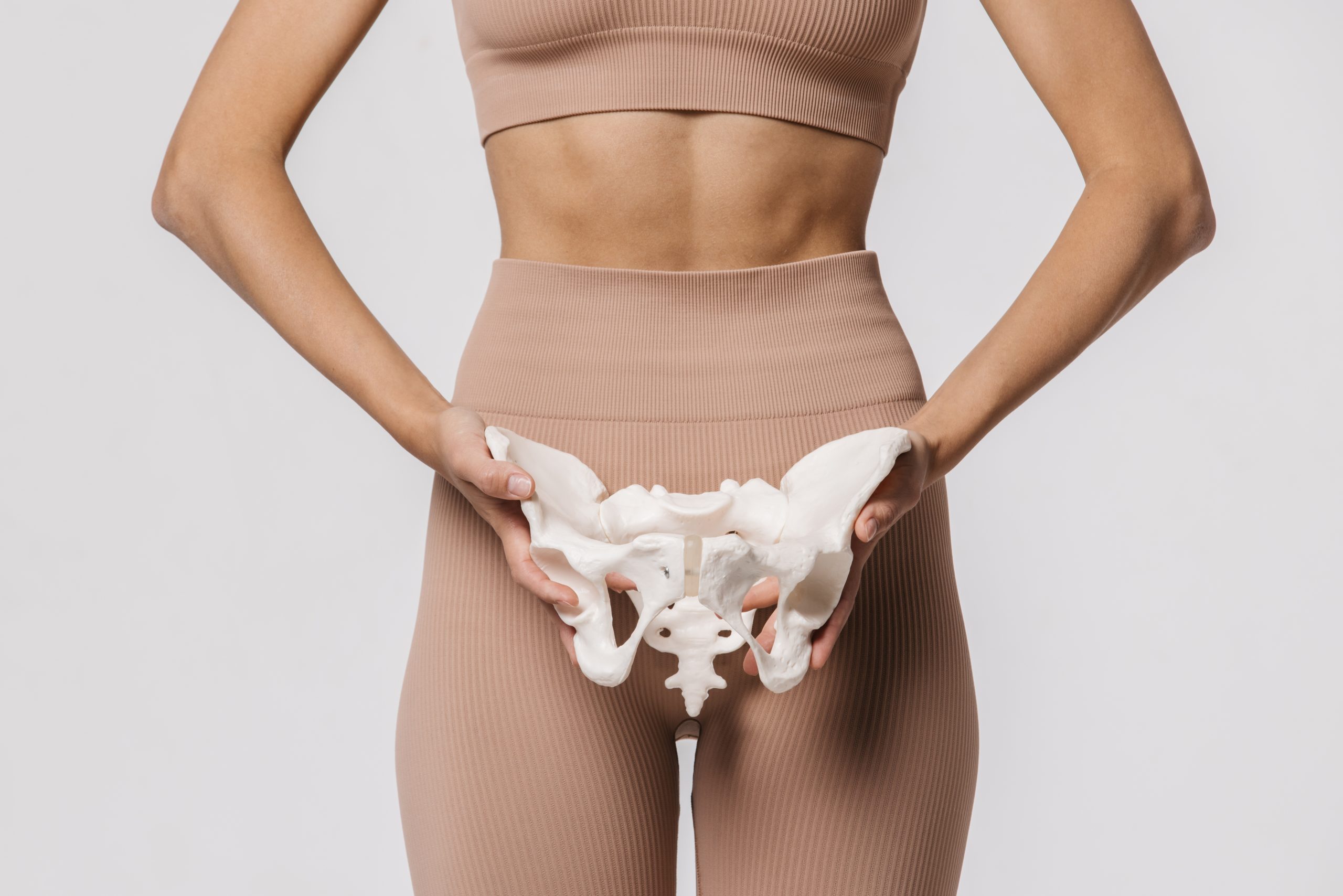
Botox Bladder Injections
We all know that Botox injections can be done in the face to manage wrinkles, but did you know Botox can also be used in the bladder? Botox bladder injections are a treatment option that can potentially improve overactive bladder (OAB) symptoms such as urinary urge incontinence in individuals that have either failed or had little success with other treatment options.
Urinary incontinence is a common condition that can have negative impacts on your social, physical or mental well-being. Around the world, there are about 200 million people that deal with some type of urinary incontinence. It is estimated that overactive bladder affects more than 30% of men and 40% of women in the U.S.
So, what’s an overactive bladder and how can Botox bladder injections help? Continue reading to find out.
Symptoms of Overactive Bladder (OAB)
The main symptoms of overactive bladder include:
- – Frequent urination – the need to urinate often, day and night (frequency at night is called nocturia)
- – Urinary urgency – the sudden urge or need to urinate (the “gotta go” feeling)
- – Urge incontinence – involuntary loss of urine (leakage) that is associated with a sudden, strong urge to urinate, and can occur as drops, dribbling, or voiding (as if you were urinating like you normally would)
These symptoms are caused by muscles spasms in the bladder that contract and result in the urgency feeling.
OAB does not cause pain. If you feel pain while urinating, you may have an infection. Please talk with your health care provider if you have pain with urination (dysuria).
Read this post to learn more: What is Urinary Urgency? Symptoms and Causes
Urge Incontinence vs. Stress Incontinence
It is important to understand that there are different types of incontinence and that urge incontinence is different from stress incontinence. Urge incontinence is not associated with physical activity or movement, such as when you cough, exercise or sneeze. That type of incontinence is called stress incontinence and is NOT part of an overactive bladder. Some people have stress and urge incontinence at the same time. The treatment options are different for each type of incontinence.
Read this post to learn more: Is Stress Incontinence Different Than an Overactive Bladder
Common Causes of Overactive Bladder (OAB)
There are several common causes or risk factors of OAB, including:
- Increasing age
- Back issues/surgery
- Obesity and being overweight
- Neurological conditions that affect the brain and spine including diabetes, multiple sclerosis, Parkinson’s disease, stroke, cerebral palsy, and spinal cord injury
- Bladder tumors, stones, and infections
- Certain medications such as diuretics, sedatives, and antidepressants
- Certain foods such as caffeine, alcohol and spicy foods worsen symptoms
Read this post to learn more about the causes of OAB: What Causes Overactive Bladder, and is it a Normal Part of Aging?
Treatment for Overactive Bladder (OAB)
There are many treatment options available that can help you manage the symptoms of OAB. Your health care provider may recommend doing one treatment alone or a combination of therapies at the same time depending on the severity of your symptoms, how bothersome they are to you, past medical history, and other factors.
Treatment options may include: observation, fluid management, supplements (UROX by Biote – click here to learn more or shop our wellness store to get started), medications, voiding schedule, Kegel exercises with pelvic floor physical therapy, tibial nerve stimulation (“acupuncture”), neuromodulation (“pacemaker”), and Botox bladder injections.
Read this post to learn more about treatment options for OAB other than Botox: 7 Treatments for Overactive Bladder
Botox Bladder Injections
A trained urogynecologist or female pelvic medicine & reconstructive surgeon (FPMRS) for women, can offer Botox injections in the bladder. Botox helps to relax the muscles of the bladder wall to reduce urinary urgency and urge incontinence. It can help the bladder muscles from squeezing too much and allow you more time to get to the bathroom when you feel the urge to urinate.
What to Expect with Botox Bladder Injections
To put Botox into the bladder, your doctor will use a cystoscope, and then inject tiny amounts of Botox into the bladder muscle. The injections are typically done in the clinic, and most patients tolerate the injections well. They do not “hurt” as you may expect, but you may have some short-term discomfort. Many patients have compared it to a period cramp. However, some people are nervous about having any discomfort and may opt to have the injections done in the operating room.
The good news is that most people get symptom relief quickly, in as short as a few days. The treatment results can last about six months, and then if symptoms start to return, Botox bladder injections can be repeated. Some people may find doing Botox injections twice a year more ideal and better suited for their schedule compared to other therapies, such as taking a pill every day or doing Kegel exercises every day.
Side Effects of Botox Bladder Injections
Possible side effects include urinary retention, which may require the patient to perform intermittent self-catheterization to empty their bladder until the Botox has worn off, and bladder infections (also known as urinary tract infections).
Additional Information
Read these posts for more bladder-related information, and check out our other blog posts for additional information.
Get Help
An overactive bladder can negatively impact your work, social life, relationships, sleep, and mental wellbeing. You don’t have to let OAB symptoms control your life. There are treatment options that can help.
If you think you have OAB and want to know what your options are, schedule an appointment today. Dr. Peter M. Lotze and his team are here to help you gain back your freedom from OAB and live your best life.
Click here to learn more about Dr. Peter Lotze and his team.
Connect With Us
Questions or concerns? Please contact our office directly.
Be sure to check our blog regularly for new posts, and follow us on Facebook and Instagram @PeterMLotzeMD for health and wellness tips and more!




tlovertonet
Hello! I could have sworn I’ve been to this blog before but after browsing through some of the post I realized it’s new to me. Anyways, I’m definitely happy I found it and I’ll be book-marking and checking back frequently!